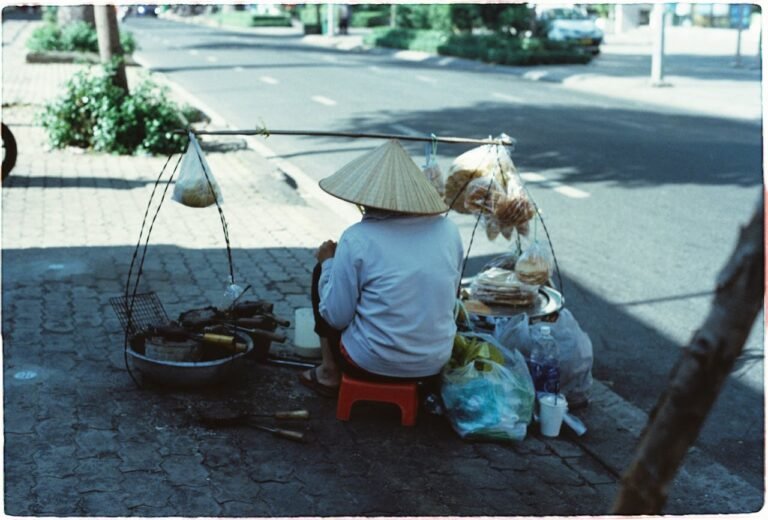Introduction to Asianismo
Asianismo, derived from the word “Asia,” is a cultural movement that celebrates the diversity and richness of Asian cultures. It emerged in response to the challenges of colonialism and imperialism, seeking to reclaim and assert the cultural identity of Asia. Asianismo encompasses various artistic, literary, philosophical, and political expressions that promote the values of tradition, modernity, and cultural pride. Understanding the origins and significance of Asianismo requires exploring its historical context and foundational principles.
Foundational Principles of Asianismo
At the core of Asianismo lies the synthesis of Eastern and Western influences. This principle acknowledges the complex interplay between Asian and Western cultures throughout history and seeks to create a harmonious fusion of the two. Asianismo also emphasizes the importance of tradition and modernity, recognizing the value of preserving cultural heritage while embracing innovation and progress. Furthermore, the movement promotes cultural identity and diversity, celebrating the unique traditions, languages, and customs of Asian societies.
Key Figures of Asianismo
Numerous individuals have played significant roles in shaping and promoting Asianismo across various fields. Artists and writers such as Rabindranath Tagore, Yasunari Kawabata, and Rizal are celebrated for their contributions to literature and the arts. Philosophers and intellectuals like Confucius, Laozi, and Sun Yat-sen have influenced Asianismo through their profound insights into human nature and society. Additionally, political leaders and activists such as Mahatma Gandhi and Ho Chi Minh have advocated for Asian unity and self-determination.
Manifestations of Asianismo in Visual Arts
In the visual arts, Asianismo is evident in various forms of expression, including painting, sculpture, architecture, and design. Artists draw inspiration from traditional Asian motifs, symbols, and techniques, infusing their work with a sense of cultural identity and heritage. Architecture reflects the fusion of Eastern and Western styles, blending intricate ornamentation with modern structural principles. Photography and mixed media art explore themes of identity, memory, and social change, capturing the essence of Asianismo in visual form.
Exploring Asianismo in Literature
Asianismo finds expression in literature through poetry, prose, fiction, and non-fiction works that delve into the complexities of Asian life and culture. Poets and writers employ vivid imagery, symbolism, and allegory to convey universal themes of love, loss, and longing. Fictional narratives transport readers to distant lands and times, immersing them in the rich tapestry of Asian storytelling traditions. Non-fiction works offer insights into the history, politics, and social issues shaping contemporary Asia, fostering greater understanding and empathy among readers.
Asianismo in Philosophy and Thought
Asianismo draws on a rich philosophical heritage that spans millennia, encompassing diverse schools of thought from Confucianism and Taoism to Buddhism and Hinduism. These philosophical traditions emphasize principles such as harmony, balance, and interconnectedness, providing a framework for understanding the human condition and the natural world. Asianismo also engages with Western philosophical ideas, facilitating dialogue and exchange between different cultural perspectives. The movement’s philosophical underpinnings inform its approach to art, culture, and society, shaping its vision for a more just and harmonious world.
Impact of Asianismo on Society
Asianismo has had a profound impact on society, sparking a cultural renaissance that celebrates the richness and diversity of Asian cultures. Through art, literature, and philosophy, the movement has inspired individuals to reconnect with their cultural heritage and embrace their identity with pride. Asianismo has also fueled a sense of nationalism and solidarity among Asian peoples, galvanizing efforts to assert their rights and aspirations on the global stage. Moreover, the movement has influenced global culture, fostering greater appreciation for Asian art, literature, and philosophy worldwide.
Challenges and Criticisms Surrounding Asianismo
Despite its many achievements, Asianismo faces several challenges and criticisms. One issue is the tension between appropriation and appreciation, where elements of Asian culture are commodified or misrepresented by outsiders. Balancing tradition and innovation is another challenge, as artists and creators navigate the complexities of preserving cultural heritage while embracing new forms of expression. Additionally, addressing cultural stereotypes and prejudices is essential to fostering a more inclusive and equitable society.
Future Prospects of Asianismo
Looking ahead, Asianismo is poised to continue evolving and shaping the cultural landscape of the 21st century. As the world becomes increasingly interconnected, the movement will play a vital role in promoting cross-cultural understanding and dialogue. By celebrating the beauty and diversity of Asian culture, Asianismo inspires people worldwide to embrace their own cultural heritage and appreciate the richness of human diversity. Through education, collaboration, and advocacy, the movement will continue to champion the values of tradition, modernity, and cultural pride for generations to come.
Asianismo as a Source of Inspiration
Asianismo serves as a source of inspiration and creativity, fostering collaboration and dialogue among artists, writers, and thinkers from diverse cultural backgrounds. By celebrating the shared heritage of Asia, the movement promotes innovation and excellence in the arts, enriching global culture with its unique perspectives and insights. Moreover, Asianismo encourages cultural dialogue and exchange, fostering a deeper appreciation and understanding of the cultural traditions and artistic achievements of the region. Ultimately, the movement inspires individuals to embrace the values of tolerance, respect, and unity in an increasingly interconnected world.
Preserving and Promoting Asianismo
To ensure the preservation and promotion of Asianismo, various cultural institutions and organizations have been established across the region. These institutions serve as custodians of Asian art, literature, and heritage, organizing exhibitions, events, and educational programs to raise awareness and appreciation of the movement. Education plays a crucial role in promoting Asianismo and fostering a deeper understanding of its principles and significance. Schools, universities, and cultural centers offer courses and workshops on Asian art, literature, and philosophy, allowing students to explore the rich cultural heritage of the region and its relevance to contemporary society.
Conclusion: Embracing the Richness of Asianismo
In conclusion, Asianismo represents a vibrant and dynamic cultural and artistic movement that celebrates the diversity and richness of Asian culture. Emerging in response to colonialism and imperialism, Asianismo seeks to reclaim and assert the cultural identity of Asia while also embracing influences from the West. Through its synthesis of Eastern and Western elements, Asianismo has inspired generations of artists, writers, and thinkers to explore and celebrate the shared heritage of the region. As we look to the future, Asianismo will continue to play a crucial role in shaping global culture and promoting cross-cultural understanding and exchange. By celebrating the beauty and diversity of Asian culture, Asianismo inspires people around the world to embrace their own cultural heritage and appreciate the richness of cultural diversity. Through education, collaboration, and dialogue, we can ensure that the spirit of Asianismo continues to thrive and evolve, enriching the cultural landscape of the world for generations to come.
FAQs:
Q: What is Asianismo?
A: Asianismo is a cultural movement that celebrates the diversity and richness of Asian cultures, seeking to reclaim and assert the cultural identity of Asia.
Q: Who are some key figures associated with Asianismo?
A: Key figures include artists like Rabindranath Tagore and philosophers like Confucius, who have influenced and shaped the movement through their contributions to art and thought.
Q: What are some manifestations of Asianismo?
A: Asianismo is evident in various forms of expression such as visual arts, literature, and philosophy, where artists draw inspiration from Asian traditions to create innovative works.
Q: How does Asianismo impact society?
A: Asianismo fosters cultural pride and unity among Asian peoples while promoting cross-cultural understanding and appreciation of Asian heritage globally.
Q: What are the challenges facing Asianismo?
A: Challenges include addressing cultural appropriation, balancing tradition with innovation, and overcoming stereotypes to foster a more inclusive and equitable society.


